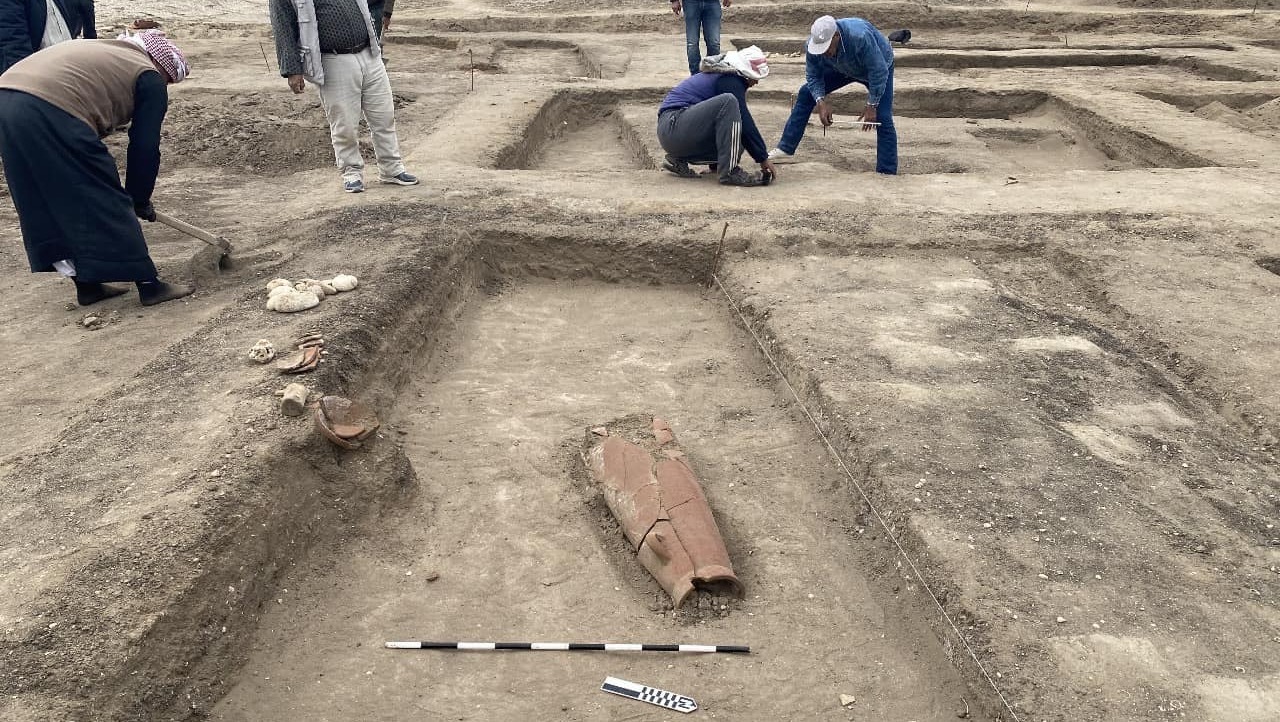Processes, Vol. 12, Pages 755: Characterization and Quantitative Assessment of Shale Fracture Characteristics and Fracability Based on a Three-Dimensional Digital Core
Processes doi: 10.3390/pr12040755
Authors: Le Qu Penghui Zhang Jianping Liu Weigang Zhang Yu Lei Xiaolei Zheng Zhenzhen Nian Kexiang Ning Jinze Xu
At present, assessment techniques for the fracability of shale reservoirs, which rely on the formation of an effective fracture network, are scarce. Hence, in order to assess the fracability, it is critical to establish a quantitative correlation between the pattern of fracture distribution after fracture and fracability. The present investigation utilizes three-dimensional digital core technology and triaxial compression experiments to simulate the fracturing process in typical domestic shale reservoir cores. In addition to utilizing the maximum ball algorithm to extract fracture images, a number of other techniques are employed to compute the spatial quantitative parameters of the fractures, including least squares fitting, image tracking algorithms, and three-dimensional image topology algorithms. The introduction of the notion of three-dimensional fracture complexity serves to delineate the degree of successful fracture network formation subsequent to fracturing. A quantitative fracability characterization model is developed by integrating the constraints of fracture network formation potential and fragmentation potential. The results of this study show that the quantitative characterization of the characteristic parameters of cracks can be achieved by establishing a method for extracting crack information as well as parameters after core compression and completing the construction of a three-dimensional complexity characterization model. Meanwhile, the three-dimensional post-compression fracture image validation shows that the core fracturability index can better reflect the actual fracturing situation, which is in line with the microseismic monitoring results, and significantly improves the accuracy of fracturability characterization, which is an important guideline for the fracturing design of shale gas reservoirs.

 3 weeks ago
14
3 weeks ago
14


